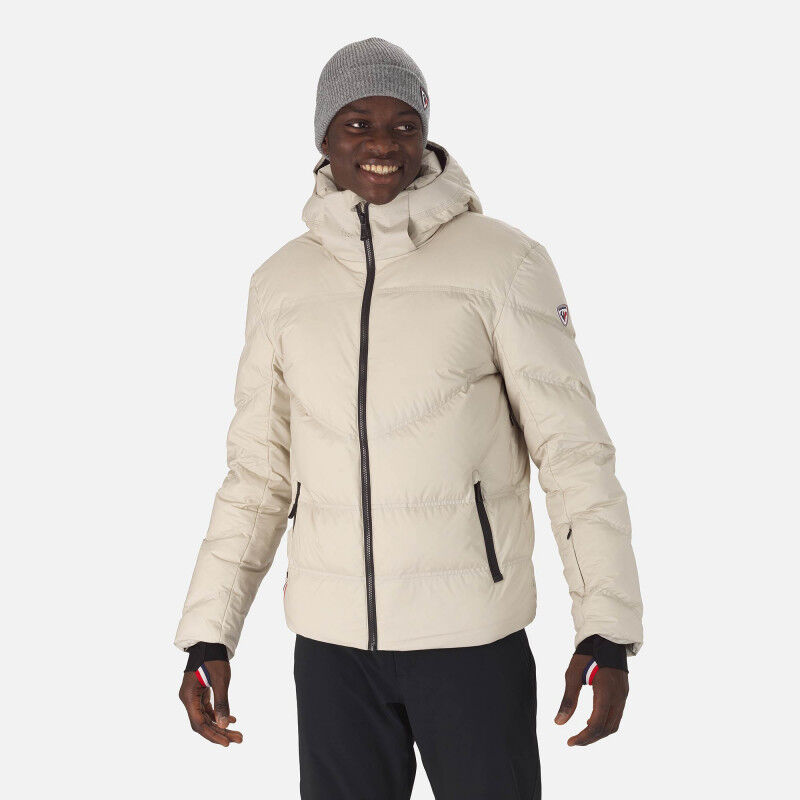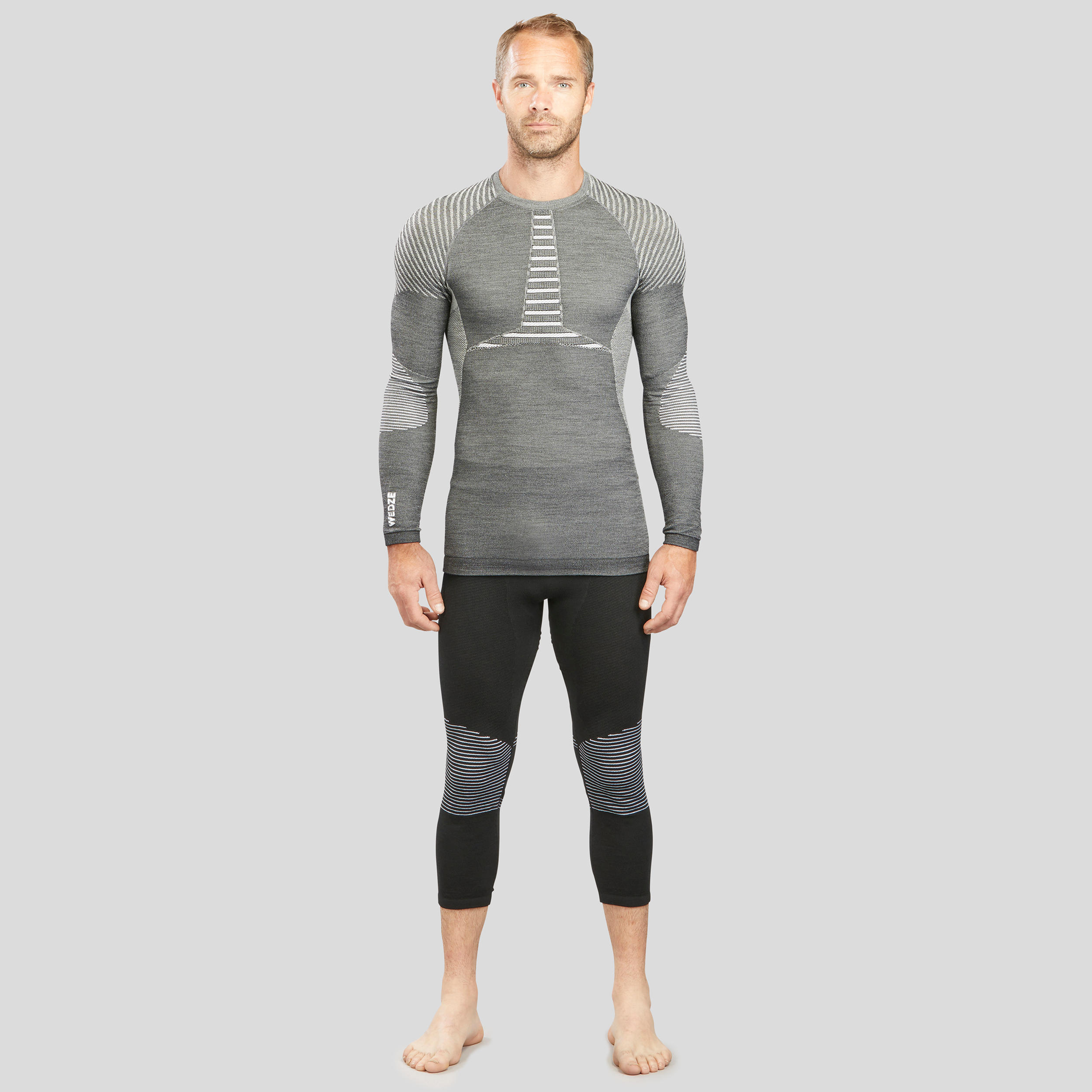Good Suggestions For Deciding On Merino Wool Base Layers For Hiking
Wiki Article
What Merino Sheep Breeds Are Available And What's Their Distinctive Characteristic And Quality?
There are numerous Merino sheep breeds that have distinct characteristics. Here are the most adored Merino breeds and their differences. Spanish Merino- This Merino breed is the oldest and most popular for its high production and its fine wool. The breed is adaptable and adapts to a variety of environments. Also, it has a high resistance to disease.
American Merino - The American Merino was developed in the United States during the 19th century. It is famous for its high-quality and long-lasting wool. This breed is particularly well-suited to harsh winter conditions and is resistant many common sheep diseases.
Saxon Merino - This Merino shearer is a particular fine-boned Merino that is well-known for producing soft, fine wool. This Merino sheep is usually smaller than the other Merino varieties and is ideally suited to hot and dry climates.
Peppin Merino- The Peppin Merino is an Australian breed that was developed in the 19th century. The breed is well-known for its high-end wool quality, and is particularly suitable for Australia's hot and dry climate.
Rambouillet-The Rambouillet Merino Sheep breed was created in France around the 18th century. This breed is known as being able to adapt and durable in various environments. Rambouillet wool is a Merino-type Merino that is coarser than other Merino breeds. However, it is still highly valued for its superior quality.
Polwarth The Polwarth Polwarth is a Merino sheep breed, was first introduced to Australia in 1922. This breed is known for its silky, lustrous and warm wool. It is particularly suited to the cooler, more humid climate of southern Australia.
The unique traits and characteristics of Merino sheep are based on the specific breed and the conditions where they live. Breeders usually select for certain characteristics like soft wool, hardiness, and adaptability to create new Merino breeds that are well-suited to different environments and purposes.
What Are The Main Differences Between The Layers Of The Base Layer Of Lightweight, Middleweight, And Heavyweight Merino Wool?
The fabric's warmth and thickness is what differentiates between lightweight, midweight heavyweight, or light weight Merino Wool base layers. Here are the main differences among the three kinds. Lightweight Merino sheep wool base layers are composed of a thin, breathable fabric that can be used in temperatures that are both cool and warm. This kind of base layer is perfect for activities that are intense where you are likely to sweat a sweat and need fabrics that are able to retain sweat and help keep your body cool. It can also be used as a base layer during more cold weather and under other layers.
The midweight Merino wool base layer is made of thicker fabrics that provide greater insulation and warmth than thinner base layers. This kind of base layer is perfect for cool to cold temperatures and is an excellent choice for moderate to low intensity activities where you are not likely to work up a heavy sweat.
Heavyweight Merino wool base layers are made from the finest and warmest fabrics. They are great for extremely cold temperatures. This type of base layer suits activities that require low intensity, and in which you aren't likely to sweat as much, like snowshoeing or skipping.
The weather conditions and level of activity can affect the selection of a Merino Wool base layer. A lightweight base layer is suitable for extreme sports as well as cool weather. But a heavier layer is appropriate for colder weather and moderate to high-intensity activities. For extremely cold weather and low-intensity activities an extremely heavy-duty base layer is the ideal choice. Keep in mind that you are able to layer in a different direction based on the conditions, so it's better to choose a base layer that is slightly light rather than heavy. Additionally, consider the fitting of your base layer and make sure it's comfortable and allows for a all range of motion. Go find best base layers for more info.

What Is The Best Ski Mid Layer Clothing Combination With Regard To Merino Wool And The Himalayan Yak Wool
It will depend on the weather conditions and your personal preferences as to which combination of Merino wool or Himalayan Yak wool is the best for ski mid-layers. Below are a few options. The Merino wool base layer will ensure excellent temperature regulation and moisture control as well as the Himalayan Yok wool mid layer can provide warmth and provide insulation.
Merino Wool middle layer and Himalayan Jak wool mid layer-This combination is ideal for changing weather conditions. Merino Wool mid-layer will provide warmth and moisture management and the Himalayan Jak Wool layer will add an extra layer of insulation in case you need it.
Merino and Merino wool layers, Merino and Merino wool middle-layers, and Himalayan Yok wool midlayers are excellent choices for colder weather conditions. The Merino wool base layer will offer temperature regulation and moisture control and moisture control, while the Merino wool's middle layer is designed to provide warmth. The Himalayan Himalayanyak wool layer in the middle can provide insulation and warmth.
Layering is a personal choice. Your body type, activity level as well as the weather can all influence the mix you select. For optimal mobility and comfort during skiing, layers should be fitted properly and offer full motion. Go great ski clothing at koraoutdoor.com for more info.

Merino And Himalayan Himalayan Yak Wool Is Superior To Cotton, Polyester, Nylon, Fleece, And Other Alternatives For Skiwear.
Merino and Himalayan wools are superior to nylon, nylon, cotton, polyester and fleece for ski clothes for several reasons. Warmth- Merino and Himalayan wools are extremely efficient insulations, keeping your body warm even in freezing temperatures. Merino as well as Himalayan wool are less heavy than polyester, nylon and nylon, which do not provide enough insulation.
Moisture management Merino wool or Himalayanyak wool excel in regulating moisture. Both wools have natural moisture-wicking characteristics. This means they pull moisture away from the skin, and then move the water to the outer layers, where it will evaporate. This is in contrast to cotton, which absorbs moisture. The fabric can become heavy and uncomfortable if it is wet.
Breathability Merino and Himalayan wools are highly permeable, allowing air to circulate in the garment. This assists in regulating body temperature, and prevents excessive heat. This is particularly important for ski gear since it lets you be comfortable when you're skiing. Polyester as well as nylon and fleece however are more breathable, but trap heat and moisture. This can make you uncomfortable and clammy.
Comfort- Merino, Himalayan and yak wools are very comfortable and soft. They are stretchy and flexible and can be moved with you to allow the full range of motion. Polyester, nylon, and fleece however, can be rigid and uncomfortable. This could limit your movement and cause discomfort.
Sustainability- Merino Wool and Himalayan Yak wool are both natural and sustainable fibers that can be biodegraded and recycled. These fibers are much more sustainable than synthetic materials like nylon and polyester which are made of non-renewable resources that take a long time for them to degrade.
Merino wool is more durable than nylon, polyester and nylon for ski clothing. They are warm, moisture-wicking, breathable, comfortable, and sustainable and are a good choice for anyone who wants to remain comfortable and safe when skiing.
